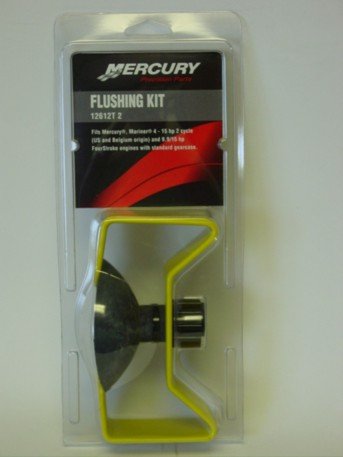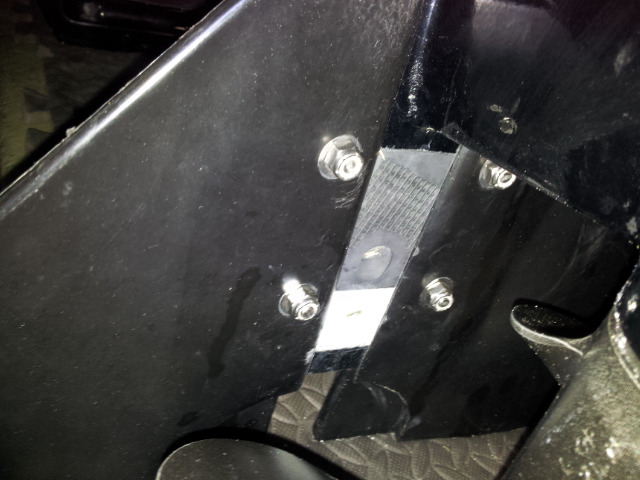That's an odd question. Why else would they stop? I don't turn them off, so when they run out of fuel they stop running. Even my dog understands that one.

If they have fuel, they run. If they don't have fuel, they don't run. They pull all the fuel out of the carburetor bowl(s), then they pull the fuel out of the manifold(s) between the carburetor(s) and the cylinder(s), and then when there's no more fuel left to run on they--- and I guess this might be a hard concept for some people to grasp--- stop running.
On the 90hp I hit the electric starter after it quits just to make sure there's no fuel left anywhere. It never starts or even fires a cylinder or two, so my guess is that there is no fuel left anywhere in it.
Anyway, the critical thing is to get the fuel out of the carburetor bowl. Because if one has to use ethanol fuel, it starts separating fairly quickly and then starts forming sludgy crap in the carburetor. You can accomplish basically the same thing by removing the drain screw from the carburetor bowl. But it's better to get all the fuel out of everything.

 . At the same time as the flush I disconnect the fuel hose and run the carburetor dry until the motor stalls.
. At the same time as the flush I disconnect the fuel hose and run the carburetor dry until the motor stalls.



